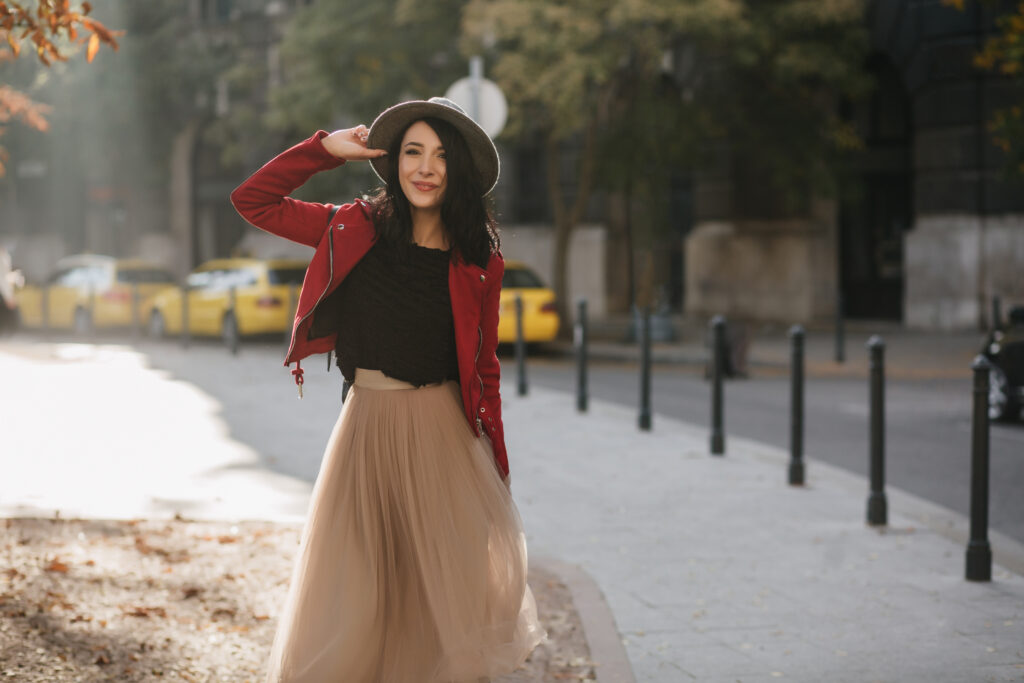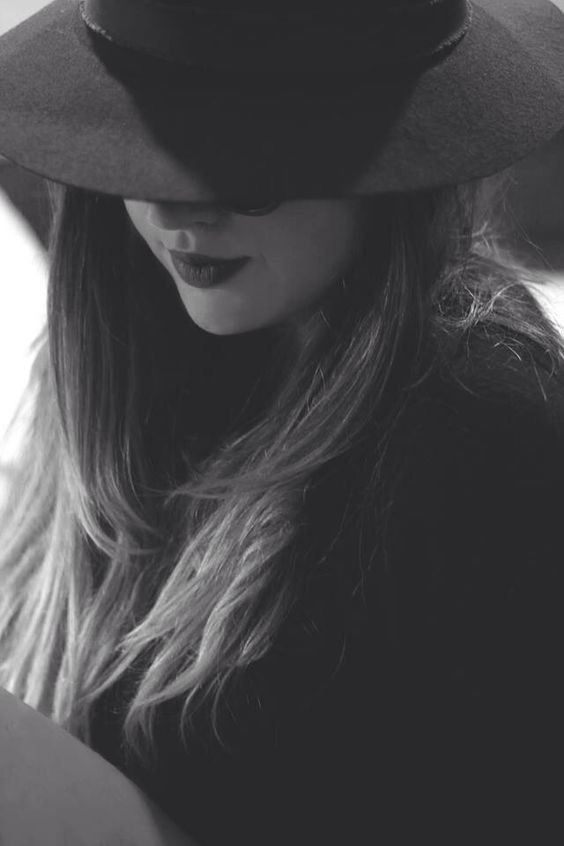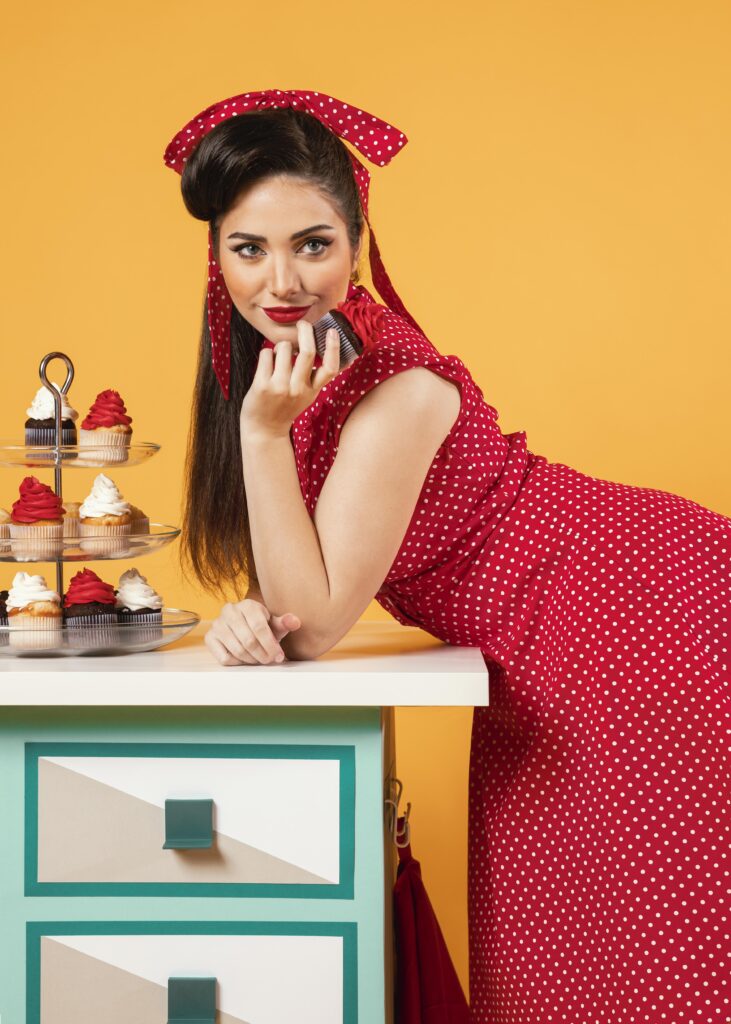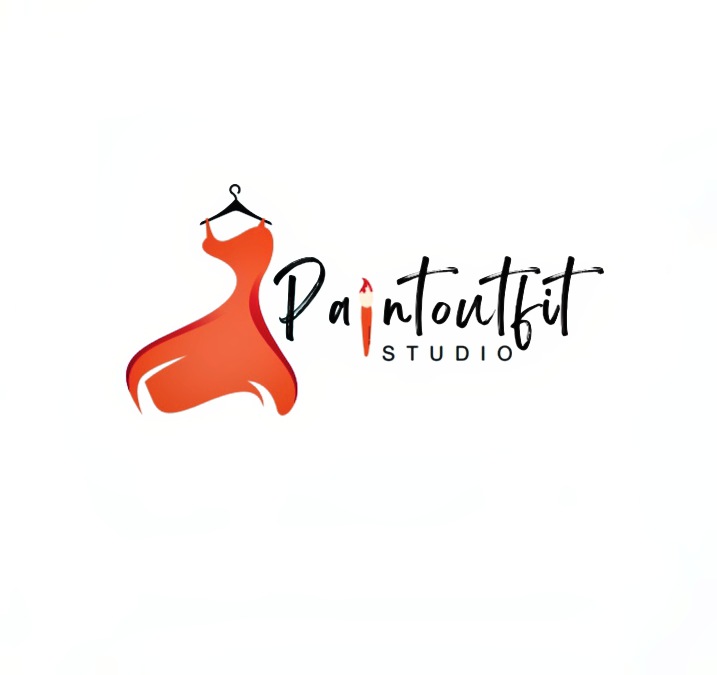
Empowerment Through Clothing: How Women's Fashion Has Evolved and Embraced Diversity in the Past 50 Years
From pillbox hats and pencil skirts to power suits and athleisure wear, women’s fashion has come a long way in the past 50 years. What was once a tool for conformity and limitation is now a symbol of empowerment, self-expression, and diversity. Join us on a journey through the evolution of women’s clothing as we explore how it has transformed from being dictated by societal norms to celebrating individuality and inclusivity. Get ready to be inspired by the ways in which fashion has become a powerful vehicle for women to embrace their true selves and break free from traditional constraints.
Introduction: Discuss the impact of fashion on society and how it has evolved over time
Fashion is a powerful force that has been shaping our society for centuries. From the Medieval era to modern times, clothing has played a significant role in reflecting societal norms, values, and beliefs. The way we dress not only expresses our personal stylefe but also makes a statement about our identity and influences how we are perceived by others.
In recent years, there has been a notable shift in the fashion industry towards inclusivity and diversity. This evolution can be attributed to the changing social landscape, where people are becoming more aware and vocal about issues such as body positivity, gender equality, and cultural representation.
The impact of fashion on society can be seen in various aspects of our lives. For instance, clothing choices have often been linked to social status and class distinctions. In ancient civilizations like Egypt, Greece, and Rome, only the upper class could afford luxurious fabrics such as silk or linen while commoners had to make do with rougher materials like wool or cotton.
During the Renaissance period in Europe, clothing was used as a symbol of power and authority. Kings and queens adorned themselves with elaborate gowns made from expensive fabrics adorned with jewels to showcase their wealth and status.
However, as societal structures began to change over time with industrialization and urbanization, fashion became more accessible to the masses. The birth of mass production enabled people from all walks of life to afford trendy clothes at affordable prices.
One significant development in fashion that helped break down traditional beauty standards was the emergence of haute couture in the mid-19th century. Designers like Charles Frederick Worth revolutionized women’s fashion by introducing ready-to-wear collections that catered to different body types rather than just one standard size.
Fast forward to modern times; fashion continues to have a profound influence on society through its ever-evolving styles and trends. With advancements in technology facilitating easy access to fashion through social media and online shopping, the industry has become more diverse and inclusive.
In today’s society, there is a growing emphasis on embracing diversity in all its forms. The fashion industry has been quick to adapt, with brands showcasing models of different shapes, sizes, races, and cultural backgrounds on runways and in campaigns. This shift towards inclusivity has empowered individuals to embrace their unique identities and express themselves through their clothing choices.
As we delve deeper into this topic, we will explore how women’s fashion specifically has evolved over the years to embrace diversity and empower individuals from all walks of life. From challenging traditional beauty standards to promoting body positivity and cultural representation, fashion truly holds immense power in shaping our society for the better.
The Evolution of Women's Fashion in the Past 50 Years: Explore the major changes and trends in women's fashion from the 1970s to present day.
The past 50 years have seen a significant evolution in women’s fashion, with various cultural and societal changes influencing the way women dress. From bold and experimental styles of the 1970s to more inclusive and diverse fashion choices of present day, the journey of women’s fashion has been nothing short of empowering.
The 1970s marked a decade of liberation for women, where they started to break away from traditional roles and express themselves through their clothing choices. The iconic bell-bottom jeans, platform shoes, mini skirts, and flowy bohemian dresses were all part of this era’s fashion trends. Women were no longer confined to strict dress codes but embraced freedom and self-expression through their clothing. The rise of second-wave feminism also played a crucial role in challenging gender norms and breaking down barriers in fashion.
As we moved into the 1980s, power dressing became a prominent trend among working women. Inspired by popular TV shows like “Dynasty” and “Dallas,” padded shoulders, tailored suits, and high-waisted pants became staples in every woman’s wardrobe. This was also the time when athleisurewear gained popularity with Jane Fonda’s aerobics craze sweeping the nation.
In the 1990s, grunge fashion took over as an anti-fashion statement with oversized flannels, ripped jeans, and combat boots becoming go-to pieces for many women. However, at the same time, there was also an emergence of minimalist styles influenced by designers like Calvin Klein and Donna Karan.
With the dawn of the new millennium came a more eclectic mix of styles as nostalgia played a significant role in shaping fashion trends. We saw revivals from previous decades like denim jackets from the ’80s making a comeback along with low-rise jeans popularized by Britney Spears in her music videos.
In recent years, we have seen significant shifts towards body positivity and inclusivity in fashion. Plus-size models walking the runways, more diverse representations of beauty in media and campaigns, and a rise in modest fashion are all signs of this evolution. Women are now empowered to dress for themselves, regardless of societal standards or expectations.
Women’s fashion has come a long way in the past 50 years, reflecting the ever-changing times and attitudes towards gender roles. From breaking stereotypes to embracing diversity and inclusivity, clothing choices have been used as a means of empowerment for women. With every passing decade, we see new trends emerging while some old ones make a comeback – proving that fashion is cyclical but also constantly evolving. It will be interesting to see what the future holds for women’s fashion as we continue on this journey of self-expression and empowerment through clothing.

Embracing Diversity in Fashion: Discuss how diversity has become an important aspect in modern fashion and how it is reflected in clothing designs.
In recent years, diversity has become a crucial aspect in the fashion industry. With movements like body positivity and inclusivity gaining momentum, designers and brands are now more focused on creating clothing lines that cater to a diverse range of customers. This shift towards embracing diversity in fashion has not only been a positive step towards societal progress, but it has also opened up new avenues for creativity and self-expression.
One of the most prominent ways in which diversity is reflected in modern fashion is through the representation of different body types. In the past, high-end fashion was largely dominated by thin models with specific body measurements. However, this narrow definition of beauty has been challenged by various campaigns and initiatives that celebrate all body types. As a result, we now see a variety of models representing different sizes and shapes walking down runways or featuring in ad campaigns.
Moreover, inclusivity has also brought about a change in terms of ethnicity and cultural representation in fashion. Designers are now incorporating traditional fabrics, prints, and styles from various cultures into their collections. This not only adds an element of uniqueness to their designs but also promotes cultural appreciation and awareness.
Apart from body type and ethnicity, diversity is also reflected through clothing designs that cater to different age groups and genders. The concept of gender-neutral or gender-fluid clothing has gained popularity in recent years with many designers pushing boundaries by creating pieces that can be worn by anyone regardless of their assigned gender at birth. This inclusive approach allows individuals to express themselves freely without being confined to societal norms or expectations.
Furthermore, there has been an increasing emphasis on promoting individuality through personalized style choices rather than conforming to trends dictated by mainstream media. This shift towards embracing diversity allows people from all walks of life to feel represented and included in the world of fashion.
The evolution towards embracing diversity in fashion is evident across all aspects – from models on runways to designs themselves – reflecting society’s changing values and perceptions. By celebrating diversity, the fashion industry has not only become more inclusive but has also opened up new avenues for self-expression and empowerment. As we continue to embrace diversity in fashion, we can look forward to a future where everyone feels represented and empowered through their clothing choices.

In addition to individual brands and designers making strides towards breaking stereotypes, there are also collaborative efforts within the industry aimed at promoting diversity. The Council of Fashion Designers (CFDA) launched an initiative called “Runway Diversity Report” which tracks racial representation on New York Fashion Week runways. This initiative has led to significant improvements in representation, with the percentage of non-white models increasing from 16% in 2015 to 37% in 2020.
Breaking Stereotypes: Highlight examples of fashion brands and designers who have challenged traditional beauty standards
In recent years, the fashion industry has seen a shift towards more inclusive and diverse representation of beauty standards. This change can be attributed to various factors such as increasing awareness about body positivity and inclusivity, as well as consumers demanding more diversity in fashion. As a result, many fashion brands and designers have taken up the challenge to break stereotypes and celebrate different forms of beauty through their collections.
One prime example is the brand Aerie, which launched its #AerieREAL campaign in 2014. The campaign features unretouched photos of models of all sizes, shapes, and backgrounds, promoting body positivity and self-acceptance. Aerie’s decision to stop retouching its models was a bold move that challenged the traditional notion of perfection in the fashion industry. Since then, the brand has received widespread praise for its commitment to diversity and inclusion.
Another notable example is Rihanna’s makeup brand Fenty Beauty which debuted with an impressive range of 40 foundation shades catering to different skin tones. The lack of diversity in foundation shades offered by many established makeup brands had long been an issue for people with darker skin tones. Fenty Beauty’s launch not only addressed this gap but also set a new standard for inclusivity in the cosmetics industry.
Similarly, designer Christian Siriano has been at the forefront of challenging traditional beauty standards. He gained recognition for his work on Project Runway where he designed clothes for women of all shapes and sizes. Siriano continues to push boundaries in his own label by featuring diverse models on his runways and consistently speaking out against narrow definitions of beauty in the industry.
It is evident that the fashion industry has come a long way in challenging traditional beauty standards. The efforts of brands and designers to embrace diversity and inclusivity have not only brought about positive changes within the industry but also empowered individuals to embrace their unique identities. This shift towards celebrating diversity through fashion sends a powerful message of acceptance and inclusivity, making the future of fashion an exciting prospect for people of all backgrounds.
